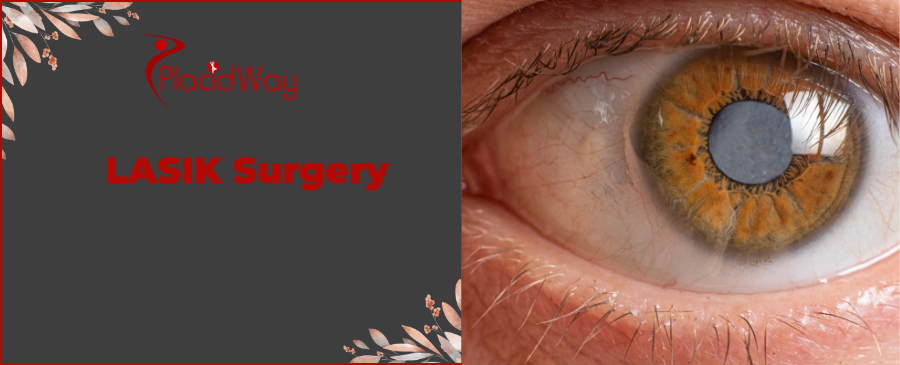
Table of Content
LASIK (Laser-Assisted in Situ Keratomileusis) surgery is a widely performed laser eye procedure that corrects refractive errors by reshaping the cornea. This allows light entering the eye to be properly focused onto the retina, resulting in clearer vision. LASIK is an outpatient procedure and offers quick recovery, with most patients experiencing improved vision within 24 hours. LASIK is effective for correcting nearsightedness (myopia), farsightedness (hyperopia), and astigmatism.
| Technique | Description |
|---|---|
| Wavefront-Guided LASIK | Uses wavefront mapping for customized correction, enhancing visual clarity and reducing side effects. |
| Bladeless LASIK (All-Laser LASIK) | Employs a femtosecond laser instead of a blade for flap creation, increasing precision and safety. |
| Topography-Guided LASIK | Utilizes corneal topography data for customized correction, ideal for those with irregular corneas. |
To explore different packages for LASIK surgery, click here.
The LASIK procedure generally includes the following steps:
| Country | Average Cost (USD) |
|---|---|
| Mexico | $1,500 |
| Turkey | $1,800 |
| Thailand | $1,700 |
| Colombia | $1,400 |
| India | $1,200 |
| Germany | $2,500 |
Find Prices for LASIK Surgery Near You: click here.
LASIK surgery is often considered an elective procedure and may not be covered by insurance. In the U.S., prices can exceed $3,000, whereas international prices range from $1,200 to $2,500 depending on the clinic and location.
Most patients experience significant improvement in vision within 24 hours. Full healing and stabilization of vision can take up to a few weeks. During this time, patients should follow post-operative instructions to ensure optimal healing.
Yes, LASIK surgery abroad can be safe when performed by qualified and experienced ophthalmologists in accredited clinics. Many international clinics adhere to global standards and use advanced technology for effective and safe vision correction.
Common side effects include temporary dryness, glare, and halos around lights, which generally subside as the eyes heal. Eye drops and follow-up care can help manage any discomfort during the recovery period.
Most people experience significant vision improvement after LASIK and no longer need glasses for everyday tasks. However, as they age, some patients may still require reading glasses for presbyopia (age-related near vision loss).
If you’re considering LASIK surgery abroad, PlacidWay connects you with leading ophthalmology centers worldwide. Access expert care, the latest laser technology, and affordable options for improved vision. Start your journey to clearer sight by exploring clinics, reading patient testimonials, and booking a consultation with PlacidWay. Enjoy the freedom of reduced dependency on glasses and contact lenses with trusted LASIK surgery abroad.
Laser Eye Surgery, LASIK Eye Surgery Abroad